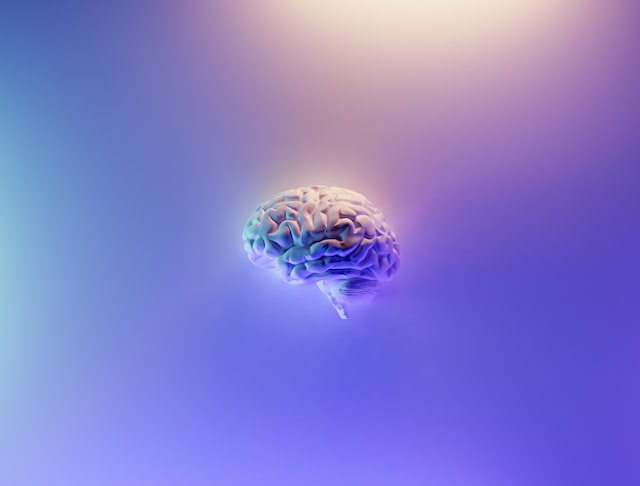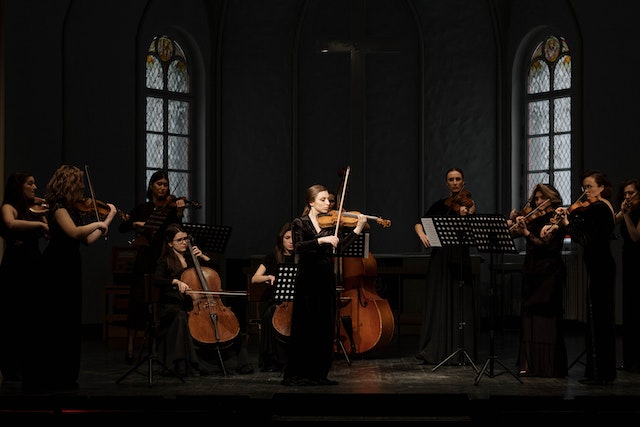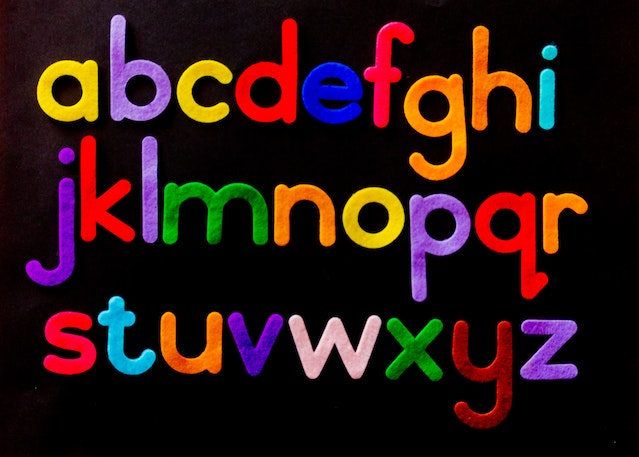The book Livewired, by David Eagleman, is based on the newest scientific discoveries about neuroplasticity, and further debunks earlier research that our brains are static. A gifted storyteller, David shows us, through countless examples, that the brain is constantly adapting, recreating and reconfiguring itself to better understand the world we live in and bring this idea of livewiring to life.
He contends that over the next century we will move from a focus on hardware and software to a focus on liveware, that is, to building machinery that can reconfigure itself, that adjusts and adapts to whatever’s going on around it in order to optimize its function.

The key ideas in the book are:
Brains are highly flexible
The brain is much more adaptable than computers, with the ability to rewire itself whenever it needs to. If a part of the brain is damaged, other parts of the brain can begin to take over at least some of those functions. For example, the territory or area that was used to perform a function like sight gets taken over by other senses, like hearing and touch and they become more heightened.
The brain has a map of our body, however, if someone loses a limb, the map changes to reflect that and other limbs take over more space or territory in that area of the brain. Whatever limbs provide the most input take over the most unused territory.
The brain has the capacity to process whatever type of sensory information it is given
The example provided to illustrate this idea is an experiment by Paul Bach-y-Rita in the 1960’s. A blind man had a camera over his head which took in images and these images were converted into mechanical movement on a grid of teflon tips that were attached to his back. Over a period of days, through the varying pressures in his back, the man was able to start recognizing the images. They weren’t exactly like images we would see visually but an amazing first start in our understanding that the brain could use information fed through the body as if it were information from the eyes.
The brain adjusts based on what matters most to it

The shape of the brain of highly skilled people looks different from other brains. It’s the idea of putting in the 10,000 hours to become a top level athlete, musician, computer wizard, and so on. It takes years of training for the brain to develop those highly sophisticated pathways and interconnections. It’s not just repeating the actions though, it also requires neuromodulatory systems, like acetylcholine, that translate the relevance of the training, and, it requires motivation. If someone isn’t highly motivated to achieve excellence, years of training isn’t going to translate into high level performance.
The brain stores predictable or repeating information so we don’t have to think about it
When the brain becomes habituated to inputs, it no longer uses energy to pay attention to it. When an input is unique or different, that’s when the brain leaps into action and uses energy to learn something new.
This ability of the brain to tune out predictable information helps to explain things like addictions to drugs. The brain becomes used to the presence of drugs and they become the norm. It is only when it’s taken away that the brain pays attention to the lack of drug and then seeks to find the familiar. This phenomenon also helps us understand the brain’s response to the heartbreak or loss of loved ones in our life. The brain is shocked because something that it was expecting isn’t there any longer and it then pays significantly more attention to that loss and has to learn to adapt again.
Brain plasticity diminishes as we age
When we’re young, the brain is still developing and continually adapting to new information. An excellent analogy he talks about is thinking of the developing brain like building a library. The structure, the various floors and bookshelves are built first and then the books are added. Over time, it’s much easier to change the books than to change the structure.
It’s the same for the brain. It’s easier to learn a new language when we’re young when the structures are being built. We can still learn a new language when we’re older, however, it will take longer to build the pathways and it’s unlikely that we’ll capture the same accent. This also explains why a child who moves to a new country can more easily learn the new language and accent, whereas an adult often eventually learns the language but retains the accent that they learned as a child. I’ve always wondered why people I know who moved from Britain as adults still have such a strong British accent many years later. Mystery solved!
The key is to keep the brain active as we grow older. David talks about simple things that make the brain work harder and adapt, such as changing the route you drive to familiar places or brushing your teeth in a different pattern each day. As the saying goes, “use it or you’ll lose it”! This applies to our brain as well as our body.
Older memories survive longer than recent ones
This concept has been talked about for some time and explains why those who have Alzheimer’s or dementia can remember events that happened many years ago but they can’t remember recent events or people they’ve just met. It also helps us to understand why early trauma can hold such a grip into adulthood.
A great example of this in the book was determining that the old Fisher Price alphabet magnets that were popular between the 1960’s and 1980’s and had different colours for each letter, were the explanation behind the phenomenon of people associating specific colours to letters later in life. Wow!
I highly recommend reading or listening to Livewired if you’re interested in learning more about neuroplasticity.
Neurofeedback is all about working with the neuroplasticity of the brain. The system is providing moment to moment information to the brain or holding a mirror up to the brain to let it know what it’s doing. Then your brain decides how to respond to the information. Think of it like walking along in the dark and being unsure where you’re going. You turn on a flashlight (the feedback in neurofeedback) and then, based on what you see, you can decide which direction to go. The light, like neurofeedback, merely provides information, it doesn’t tell you which way to turn. That decision is up to your brain using it’s highly adaptable capacity for change.

